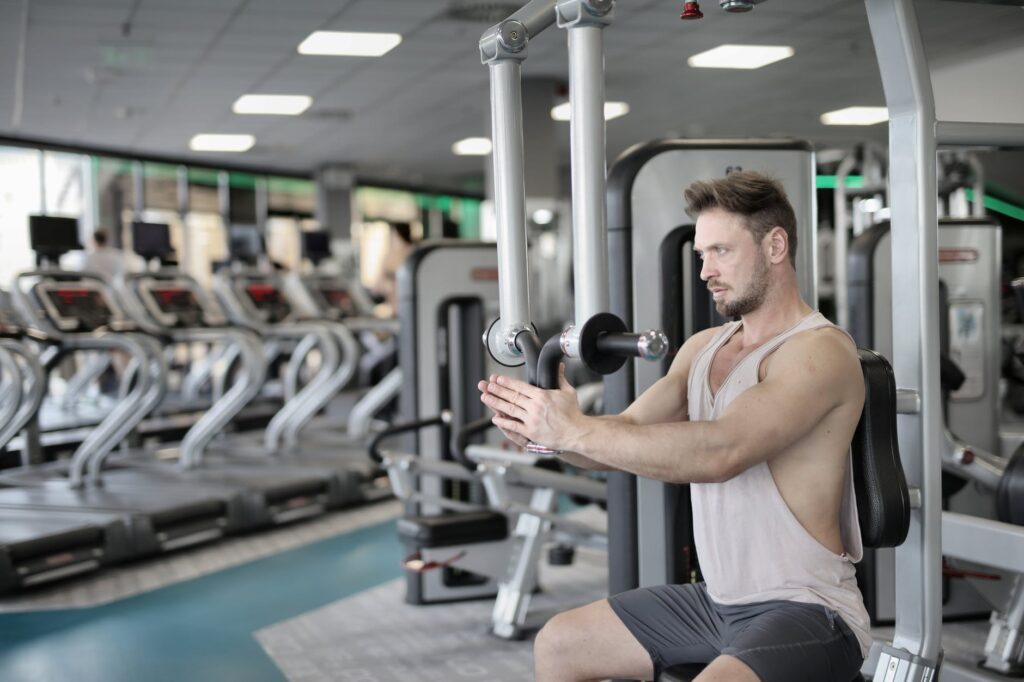Do I Need to Periodize?
The main value of periodization for all trainees comes from the fact that you cannot optimally impro...
| November 23, 2021
Read time: 4 min.

The ability to separate pain and discomfort can be an extremely important factor in whether you are pushing yourself too hard, or not hard enough.
It can be very difficult to differentiate the two sometimes, this takes practice, time and patience. When we first look at discomfort, we can see things such as onset muscle soreness or as we all know it DOMS. We get sore after we tear, break and repair muscle tissue, this is a GOOD thing, although it is not an indicator of growth as a lot of people believe it is, they think “If I am not sore, I didn’t have a good workout” this is not true at all, we all have different pain receptors and sensitivity to lactic acid accumulation, and new lifters will always break down sedentary muscle fibre and unfortunately a lot of people will experience this high degree of soreness and stop working out because they may believe that they have done damage, and trust me, working in gyms for many years has taught me that this happen a lot more than you might think. That is why it is important to have a fitness advocate to ensure you that it will pass, the person, with the correct guidance may choose to stick with their fitness and have then made one of the best decisions that they have made in their life.
What happens with a lot of people is that they get into a repetitive cycle of “exercise” and are not actually training, if you are adapting you are uncomfortable, there is no other way about it. The feeling of discomfort will stem from a feeling of being under high stress, and staying in that high stress state long enough to force an adaptation, if you are not uncomfortable in one way or another, again, you are not growing.
Pain is an entirely different thing, there are many different forms of it and everyone experiences it differently, I would first like to point out one very simple step that can help you to offset something that is commonly mistaken for pain, and this is immobility and tight muscle that simply needs to be released, it blows my mind how much time people will put into hard strenuous workouts but will never address making the muscle longer and less adhesed (knotted) this unlocks potential to new growth and offsets “pain” while also significantly reducing the chances for injury.
A lot of times though, when people feel a discomfort they try to address it in the wrong areas, to their credit they did try to get to the root of the problem, this is very interesting and very IMPORTANT to understand, that most so called pain or tightness in the body are often referring muscles or joints pulling on areas that they should not be. Take the knee for example, when people experience knee pain the first thing that they do is stop moving and stop using the area. Unless you have done some major ligament or tendon damage, you should at least entertain the idea of finding out what is causing the discomfort, the first place to address (in my opinion) is what part of the knee is hurting, if the inside of the knee poses some pain, this is typically a sensory response of your body telling you something is wrong, you may need to simply mobilize the IT band or roll the VLO (outer quad) to address the issue, if you feel the discomfort on what feels like the top of the knee, it may be that your foot (plantar fascia) associated to your soleus (lower calf) may be pulling on your gastrocnemius, some plantar and dorsi flexion and extension or anterior and posterior movement of the foot and trigger point of the calf may be able to simply remedy this problem, although not in every single case as they can all be vastly different. “Back pain or discomfort” may be stemming from the gluteus medius, or the psoas, and can typically be resolved very easily by trigger pointing the piriformis and that entire glute alongside stretching the psoas, you may however manual therapy to trigger point the psoas through the oblique as it is a very deep point, that or use the “psoa rite” tool as advertised.
The ability to decipher these two things will unlock the potential of effective and consistent growth while also managing fatigue appropriately, and managing injuries or potential injuries before they are allowed to become severe. Do not ignore your body, listen to it when it reminds you of pain, however do not let it convince you of discomfort! This is the key!
New articles, content with tips, inspiration, and coaching directly to your inbox.